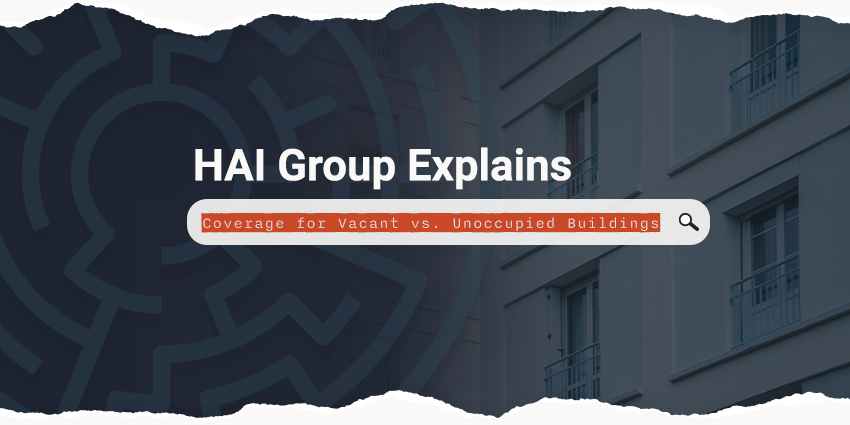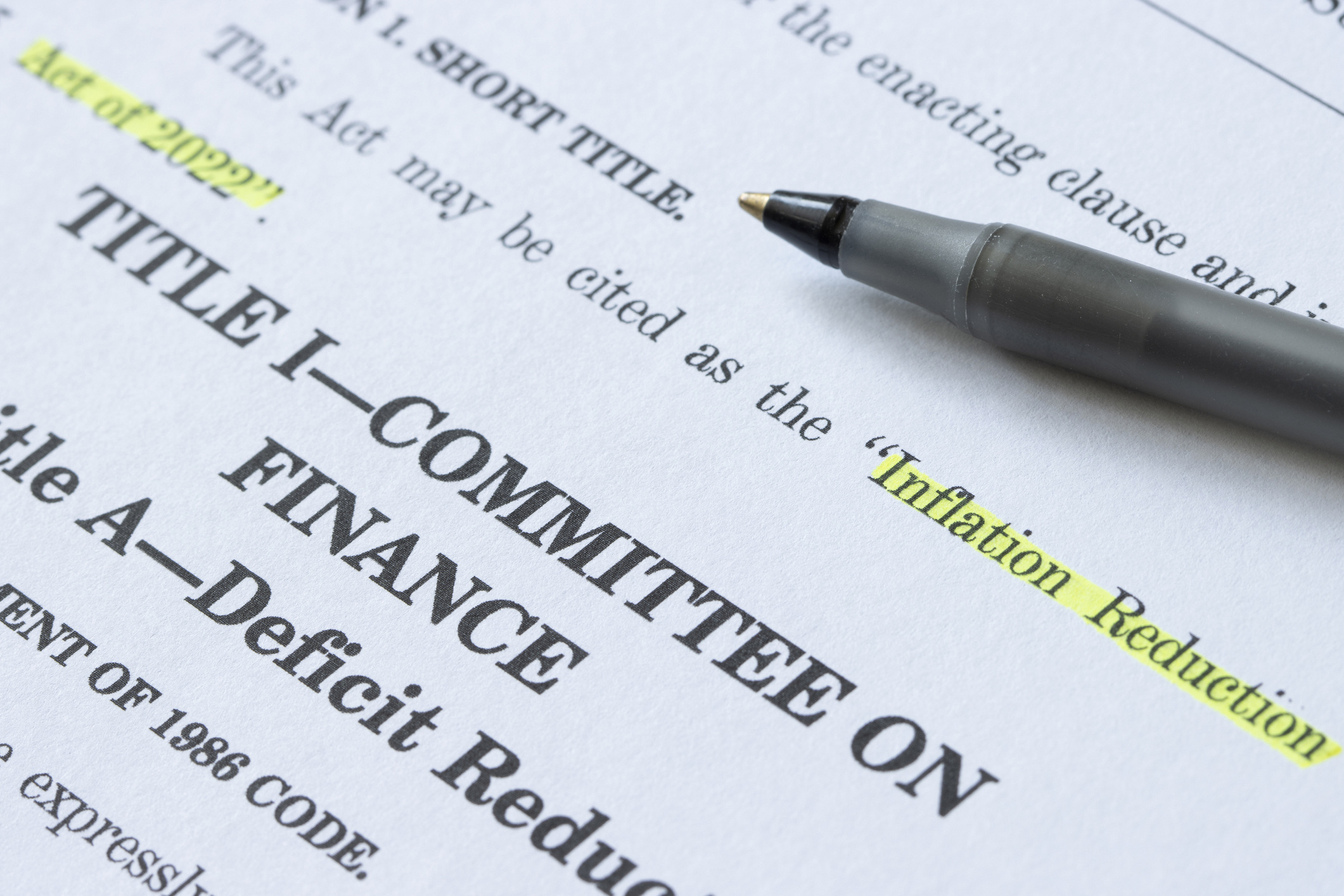In the realm of commercial insurance, terms like "vacant" and "unoccupied" hold specific meanings, especially in the context of residential buildings. While they may appear synonymous at first glance, their distinctions are crucial and have significant implications for property insurance. Let’s delve deeper into these definitions and their insurance ramifications.
Let’s delve deeper into these definitions and their insurance ramifications.
Defining vacant vs. unoccupied buildings
Let's start with unoccupied buildings, which are relatively straightforward in definition. A building is considered unoccupied when the customary activities or operations of that building are temporarily halted (emphasis on temporarily). HAI Group Account Services Regional Manager Michelle Bozzuto said this typically occurs during periods of repair due to fire or water damage, necessitating temporary relocation of residents.
"In essence, if there's a temporary change in occupation in a building due to a covered claim, that's a building we would consider unoccupied," she said.
Another instance where a building might be considered unoccupied is during heavy construction. For example, a renovation project may require the temporary relocation of residents, leaving the building unoccupied until the project is complete. 
On the other hand, a vacant building is devoid of any occupancy and in a more permanent state of non-use, distinct from the temporary nature of unoccupied status.
"A vacant building has no residents, employees, or ongoing construction activities," Bozzuto said. "It's completely offline."
It's important to note that different insurance providers may have nuanced definitions of vacant and unoccupied buildings, underscoring the need to review policy terms carefully to align with specific insurance coverage.
Property insurance implications
Most commercial insurance policies reduce or exclude coverage for vacant buildings due to their higher risk of vandalism, theft, and damage, which is standard practice in the industry. HAI Group's standard property coverage drops if a property remains unoccupied for 120 days, transitioning to vacant status.
Bozzuto said it's important to understand your policy terms and communicate with your insurance professional to ensure there are no gaps in coverage for properties deemed vacant.
"If a property remains vacant beyond the specified period without proper notification to the insurer, it can result in significant financial risks," she said.
Consequences of inadequate notification can include paying for nonexistent insurance, uncovered losses, and potential non-compliance with regulatory insurance standards, such as those set by the U.S. Department of Housing and Urban Development.
"It becomes an urgent matter if it comes to light that a property is vacant and uninsured.," Bozzuto said, pointing out that HAI Group offers a stop-gap vacant building coverage for such instances.
"We want to ensure you have coverage on buildings for which you're paying an insurance premium," she added. If a building is unoccupied, there's generally only impact on property insurance coverage if, as noted above, a specific period lapses and the building's status changes to vacant.
There are exceptions, though. HAI Group Account Executive Kathy Cudmore said for buildings undergoing renovations, although they may be deemed unoccupied and not vacant, "specialized coverage like builders' risk policies may be necessary to mitigate construction-related risks.""This is another reason why we urge our customers to tell us when a building is unoccupied," Cudmore said. "It may not be technically vacant because it's under renovation, but that doesn't mean the existing policy provides proper coverage for the risks related to construction. We want to know so we can ask questions and provide the proper coverage."
Cudmore said she encounters vacant property issues often."Sometimes it's with a vacant property waiting to be demolished or a property in rough shape waiting for grants or funding for redevelopment," she said. "There's the assumption that the property remains covered, but with our property policy, after 120 days of vacancy, that's not the case, and if you don't let us know, you're paying for coverage you don't have."
To avoid paying for the property coverage of a vacant building that's no longer covered, notify your insurance carrier or agent as soon as you know a building has become vacant. If you have property insurance through HAI Group, check in with your account executive so they can remove the vacant building from your property policy and, if necessary, find an interim coverage solution.
Cudmore said that, at larger organizations, this may mean regularly checking in with property managers to see if any buildings have recently become vacant. What may be seen as a short-term vacancy by a property manager might turn into an extended vacancy, so it's best to be safe and notify your carrier of any vacant building.
Bottom line
Understanding the nuances between vacant and unoccupied buildings is paramount for property owners and managers, especially in the affordable housing sector. Regular communication with insurers regarding building status changes ensures continuous and appropriate coverage, avoiding costly gaps or overlaps in insurance protection.
For inquiries about property and liability insurance coverage for affordable housing organizations, contact a knowledgeable member of our Account Services team. Stay informed, stay covered!
This article is for general information only. HAI Group® makes no representation or warranty about the accuracy or applicability of this information for any particular use or circumstance. Your use of this information is at your own discretion and risk. HAI Group® and any author or contributor identified herein assume no responsibility for your use of this information. You should consult with your attorney or subject matter advisor before adopting any risk management strategy or policy.
HAI Group® is a marketing name used to refer to insurers, a producer, and related service providers affiliated through a common mission, management, and governance. Property-casualty insurance and related services are written or provided by Housing Authority Property Insurance, A Mutual Company; Housing Enterprise Insurance Company, Inc.; Housing Specialty Insurance Company, Inc.; Housing Investment Group, Inc.; and Housing Insurance Services (DBA Housing Insurance Agency Services in NY and MI).






